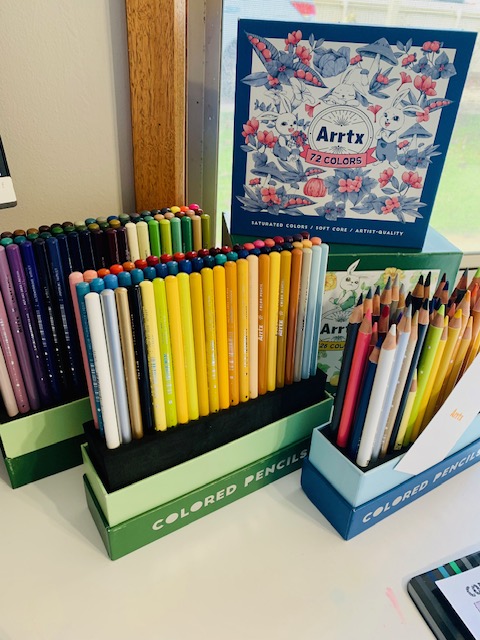The History of the Humble Pencil
The History of Pencil Manufacturing
- and Why You Should Care.
In 1565, a huge deposit of graphite was discovered in Cumberland, England. Graphite, a naturally occurring form of carbon, was ideal for writing because it left a darker mark than lead or other metals. Lumps of graphite were sawn into sticks, wrapped in string or sheepskin, and used as a writing instrument.
In the 18th century, the French chemist, Nicholas-Jacques Conte, discovered that mixing ground graphite with clay could create a more uniform and durable pencil. This invention revolutionized pencil manufacturing, and the modern pencil, as we know it today, was born.
Throughout the 19th century, the pencil-making industry continued to develop. In 1812, William Monroe of Massachusetts invented a machine that could cut pencils faster and more efficiently than ever before. In 1858, Hymen Lipman patented the first pencil with an eraser attached to the end, which quickly became a standard feature of modern pencils.
In the early 20th century, pencil manufacturing became increasingly automated. Machines could now shape, sharpen, and package pencils more rapidly than ever before. Today, most pencils are made using a combination of graphite, clay, and water, and are manufactured in large-scale factories across the globe.
Despite the advent of digital technology, pencils remain a ubiquitous and essential writing instrument. From school classrooms to artist's studios, pencil manufacturing has come a long way, but the simple pencil continues to endure as a symbol of creativity, innovation, and the power of the written word.
There is an endless supply of colored and graphite pencils on the market now: something to fit all art styles, all levels and all budgets. Its fun to think that from these humble beginnings you can now buy pencils at almost any store on the hight street and on a myriad of websites across the globe.
This blog is my hommage to the pencil, an incredible invention that we still use, love and collect today. I look forward to bringing you along on the journey!




Comments
Post a Comment